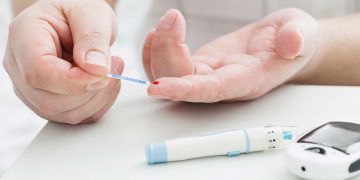Type 1 diabetes tends to be associated with children. Maybe that is why it used to be known as juvenile diabetes mellitus. Insulin-dependent diabetes mellitus is also a former name of this type of diabetes.
Anyone who suffers from insulin dependent diabetes has to take insulin in order to strive. Type 1 diabetes mellitus or insulin dependent diabetes or juvenile diabetes occurs when ninety percent (90%) or more of the pancreatic beta cells have been destroyed. It is usually as a result of some autoimmune process that caused the body to attack itself.
The autoimmune process is a way by which the immune system protects the body from harmful viruses and bacteria. When the process functions properly it keeps us fit and healthy. However, in type one diabetes the immune system mistook the pancreatic beta cells for a virus or bacterium.
Because the virus camouflages itself the immune system attacks both the virus and the pancreatic beta cells destroying them. For more information see the page “many causes of diabetes mellitus”.
As a result of this autoimmune process the pancreas produces very little of the precious insulin hormone. Without insulin, glucose levels in the blood will rise to damaging or potentially fatal levels.
The longer the glucose level in the blood remains high the greater the damage to the arteries, the heart and other major organs in the body. If it is not treated the symptoms of this diabetes type will continue to get more and more severe.
You can read about the diabetes type 1 symptoms here – so that you would be able to recognise the signs and symptoms of this disease. The sooner the disease is picked up the earlier treatment could start and the greater the chance of eliminating further complications.



















